Junsheng Mu
UAV-Enabled Joint Sensing, Communication, Powering and Backhaul Transmission in Maritime Monitoring Networks
May 18, 2025Abstract:This paper addresses the challenge of energy-constrained maritime monitoring networks by proposing an unmanned aerial vehicle (UAV)-enabled integrated sensing, communication, powering and backhaul transmission scheme with a tailored time-division duplex frame structure. Within each time slot, the UAV sequentially implements sensing, wireless charging and uplink receiving with buoys, and lastly forwards part of collected data to the central ship via backhaul links. Considering the tight coupling among these functions, we jointly optimize time allocation, UAV trajectory, UAV-buoy association, and power scheduling to maximize the performance of data collection, with the practical consideration of sea clutter effects during UAV sensing. A novel optimization framework combining alternating optimization, quadratic transform and augmented first-order Taylor approximation is developed, which demonstrates good convergence behavior and robustness. Simulation results show that under sensing quality-of-service constraint, buoys are able to achieve an average data rate over 22bps/Hz using around 2mW harvested power per active time slot, validating the scheme's effectiveness for open-sea monitoring. Additionally, it is found that under the influence of sea clutters, the optimal UAV trajectory always keeps a certain distance with buoys to strike a balance between sensing and other multi-functional transmissions.
Optimal Precoding Design for Monostatic ISAC Systems: MSE Lower Bound and DoF Completion
Mar 12, 2022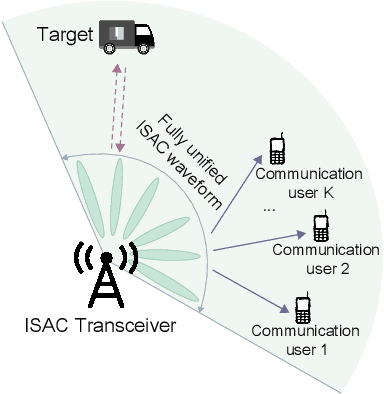
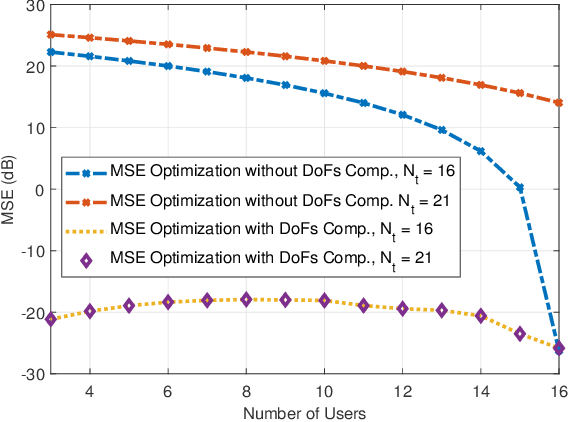
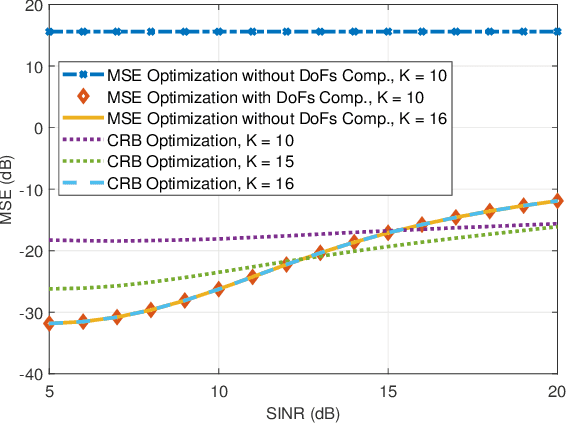
Abstract:In this letter, we study the parameter estimation performance for monostatic downlink integrated sensing and communications (ISAC) systems. In particular, we analyze the mean squared error (MSE) lower bound for target sensing in the downlink ISAC system that reveals the suboptimality in re-using the conventional communication waveform for sensing. To realize a practical dual-functional waveform, we propose a waveform augmentation strategy that imposes an extra signal structure, namely the degrees-of-freedom (DoF) completion method. The proposed approach is capable of improving the parameter estimation performance of the ISAC system and achieving the derived MSE lower bound. To improve the performance of the proposed strategy, we formulate an MSE minimization problem to design the ISAC precoder, subject to the communication users' signal-interference-plus-noise-ratio (SINR) constraints. Despite the non-convexity of the waveform design problem, we obtain its globally optimal solution via semi-definite relaxation (SDR) and the proposed constructive method. Simulation results validate the proposed DoF completion technology could achieve the derived MSE lower bound and the effectiveness of the MSE-based ISAC waveform design.
Integrating Sensing and Communications for Ubiquitous IoT: Applications, Trends and Challenges
Apr 23, 2021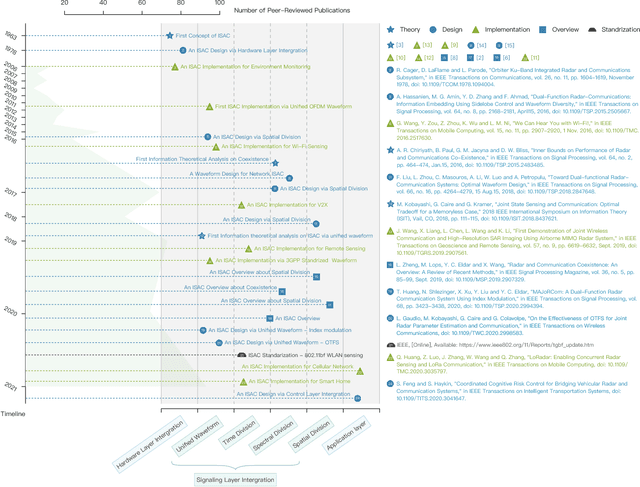

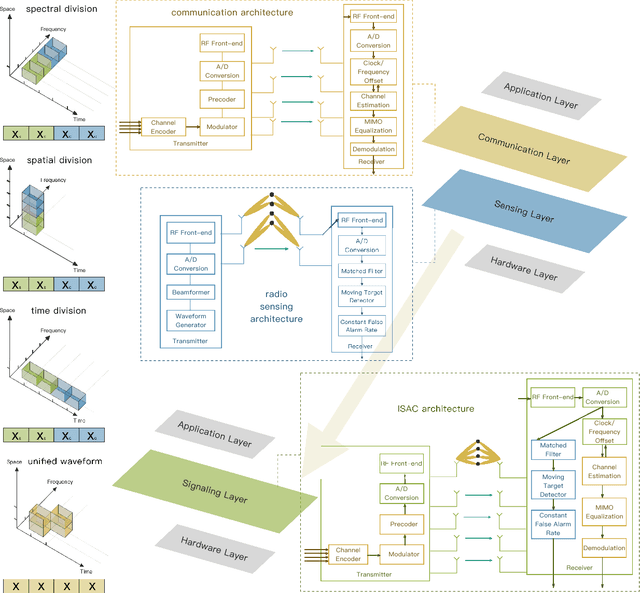
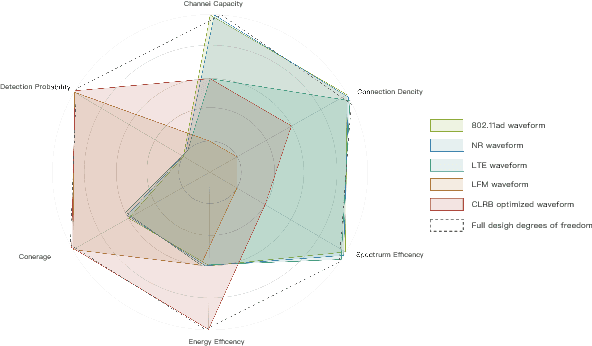
Abstract:Recent advances in wireless communication and solid-state circuits together with the enormous demands of sensing ability have given rise to a new enabling technology, integrated sensing and communications (ISAC). The ISAC captures two main advantages over dedicated sensing and communication functionalities: 1) Integration gain to efficiently utilize congested resources, and even, 2) Coordination gain to balance dual-functional performance or/and perform mutual assistance. Meanwhile, triggered by ISAC, we are also witnessing a paradigm shift in the ubiquitous IoT architecture, in which the sensing and communication layers are tending to converge into a new layer, namely, the signaling layer. In this paper, we first attempt to introduce a definition of ISAC, analyze the various influencing forces, and present several novel use cases. Then, we complement the understanding of the signaling layer by presenting several key benefits in the IoT era. We classify existing dominant ISAC solutions based on the layers in which integration is applied. Finally, several challenges and opportunities are discussed. We hope that this overview article will serve as a primary starting point for new researchers and offer a bird's-eye view of the existing ISAC-related advances from academia and industry, ranging from solid-state circuitry, signal processing, and wireless communication to mobile computing.
 Add to Chrome
Add to Chrome Add to Firefox
Add to Firefox Add to Edge
Add to Edge